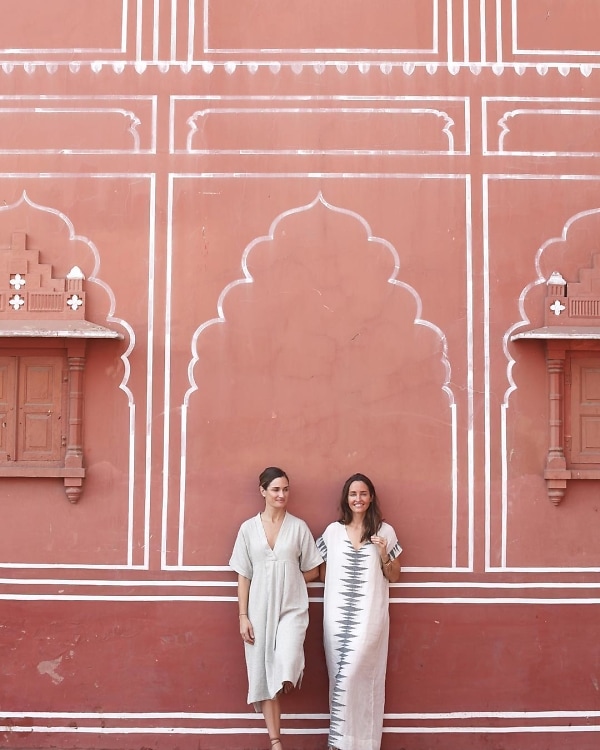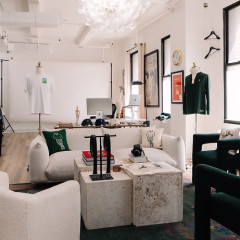MIRTH employs artisans for handmade materials. In a world of fast fashion, how does this method stand out? Why is it so important?

It's incredible that more and more designers are adopting this ethos. We think it's a natural shift in approach, as we all are starting to realize that the instant gratification of yet another inexpensive, cute top is not making us happy. It's actually doing the opposite. And the stories about the lives of the people involved in making those inexpensive garments - not to mention the environment - are quite sad. Slow fashion and using handmade fabrics is a more difficult, more expensive and more time consuming path, and I think this is why so many haven't been able to do it, especially with the rigorous fashion calendar. But the end result is absolutely worth it.
The rewards from seeing the positive impact make it less difficult to deal with the nuances and challenges of working with small suppliers. We work with groups of women, for example, who would otherwise work in grueling, low paying agricultural jobs. Instead, they enjoy their work, have childcare on site and a tremendous amount of opportunity and independence earning a living wage for themselves. We certainly haven't perfected it, but we're fine tuning both our message to customers and our internal processes in order to do it this way and try to thrive as a business. Our customers are very receptive - when there are "kitties" in the fabric - particles that sometimes get woven into the fabric because the looms are in homes in small villages and not big factories - this isn't seen as a defect but as something unique.
[Photo via @mirthcaftans]


.jpg)
.jpg)



.jpg)
.jpg)
.jpg)




